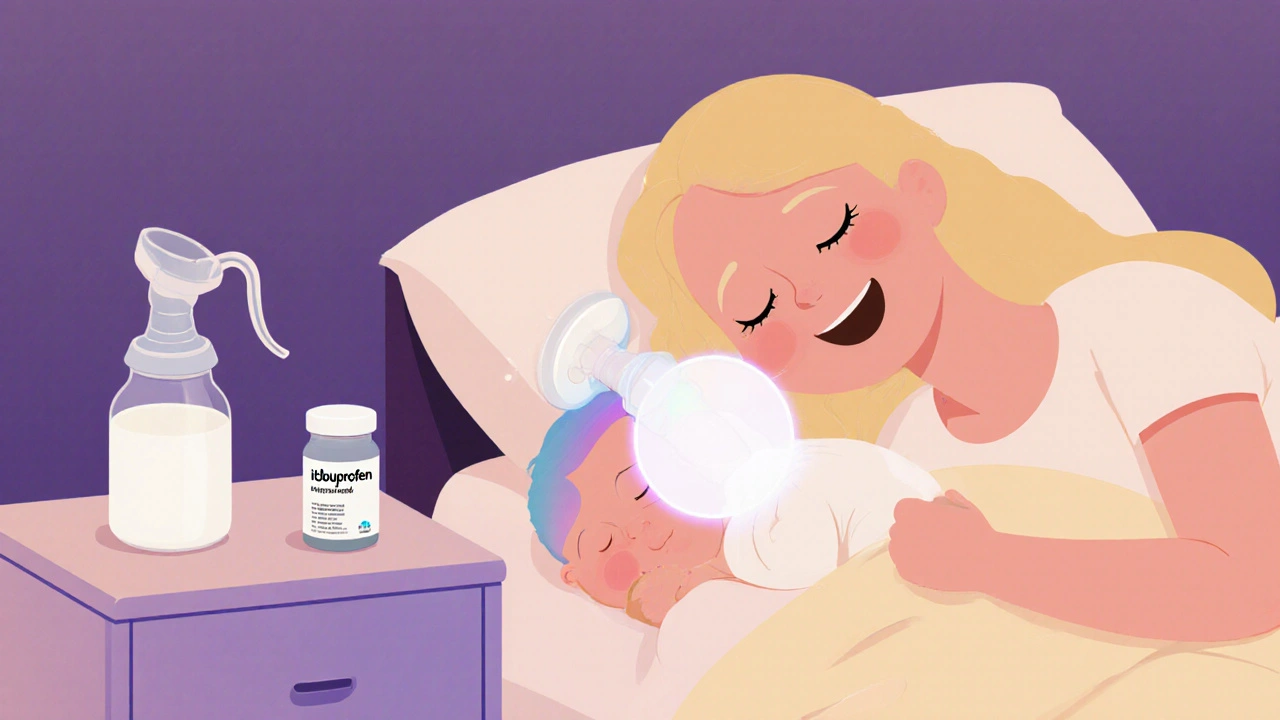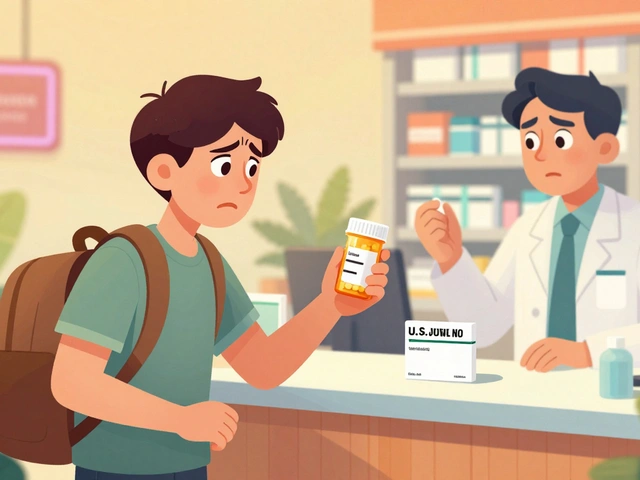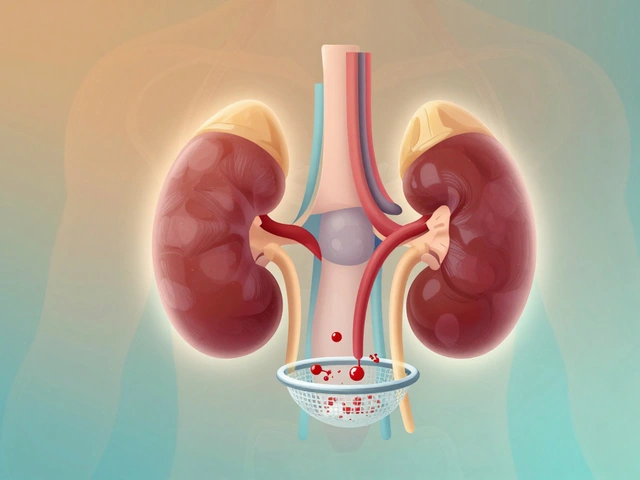Pump and Dump Myth: What Really Happens with Generic Drug Prices
When people hear pump and dump myth, a claim that pharmaceutical companies artificially inflate generic drug prices before slashing them to corner the market, it sounds like a shady scheme—like stock manipulation in Wall Street movies. But in the real world of generic medications, that story doesn’t hold up. Generic drugs aren’t traded on exchanges. They’re mass-produced, regulated, and sold through transparent supply chains. The idea that a company would suddenly jack up prices just to crash them later? It’s not how the system works. In fact, generic drug pricing, the process by which low-cost versions of brand-name drugs enter the market and drive down costs through competition is built on the opposite: relentless price pressure, not manipulation.
Here’s what actually moves the needle: when a patent expires, multiple manufacturers rush to make the same drug. The first few might charge a bit more, but within months, a dozen others jump in. Prices drop fast—sometimes by 90% or more. The U.S. doesn’t need price caps because the market itself acts as the enforcer. generic drug competition, the force that drives down costs when multiple suppliers offer identical medications is why a 30-day supply of generic lisinopril costs $4 instead of $150. There’s no puppet master pulling strings. Just factories, distributors, and pharmacies all chasing the lowest price to win business. Even Medicare and big pharmacy chains use this competition to negotiate better deals. If a company tried to "pump" prices, competitors would immediately undercut them. No one gets to "dump" because there’s no monopoly to control.
Some people point to rare cases where a single company buys up all the suppliers and raises prices—that’s not pump and dump. That’s anti-competitive behavior, and it’s illegal. The FDA and FTC step in when that happens. But those are exceptions, not the rule. Most of the time, the only thing being pumped is volume—not price. And the only thing being dumped? Profit margins, because companies know they can’t win on price alone—they win on reliability, speed, and scale.
What you’ll find in the posts below isn’t speculation. It’s real data on how generic drugs actually get cheaper, how governments encourage competition, and why you can trust that your $5 blood pressure pill isn’t the result of a financial trick. We’ve dug into how the U.S. keeps generics affordable without price controls, how combination pills cut costs further, and why buying online can be safe if you know what to look for. This isn’t about conspiracy theories. It’s about understanding the system that keeps your meds affordable—and why the pump and dump myth is just that: a myth.
Learn the truth about pumping and storing breast milk while on medication. Most drugs are safe-no dumping needed. Find out when to pump, when to store, and how to protect your supply.



